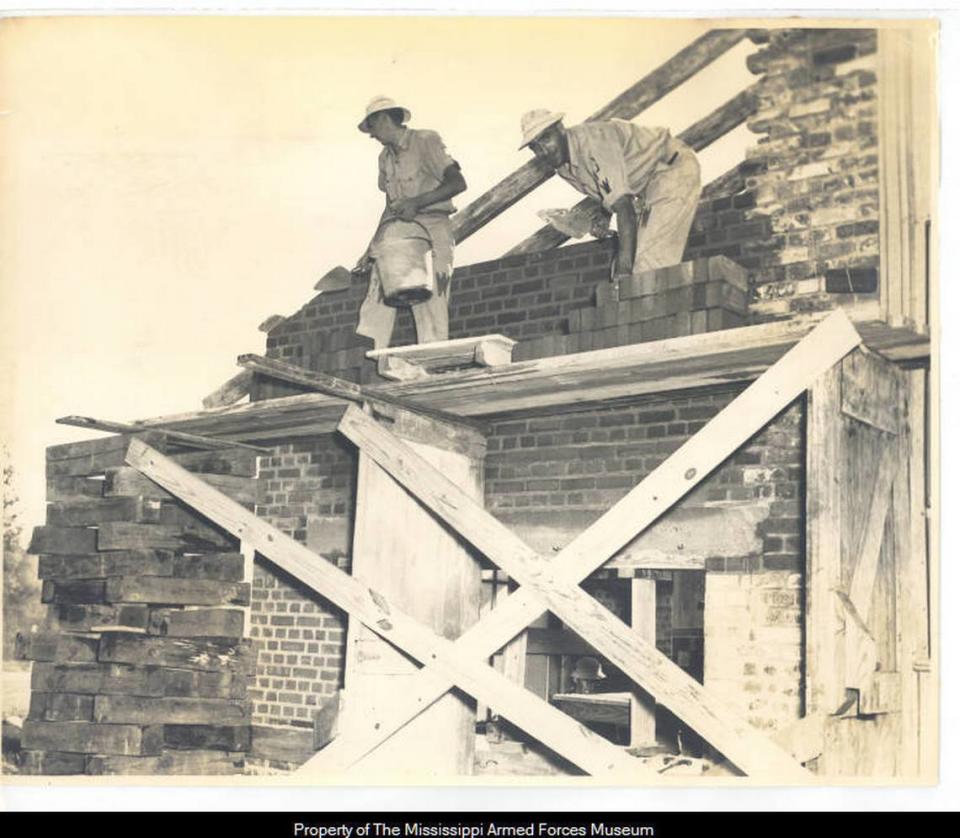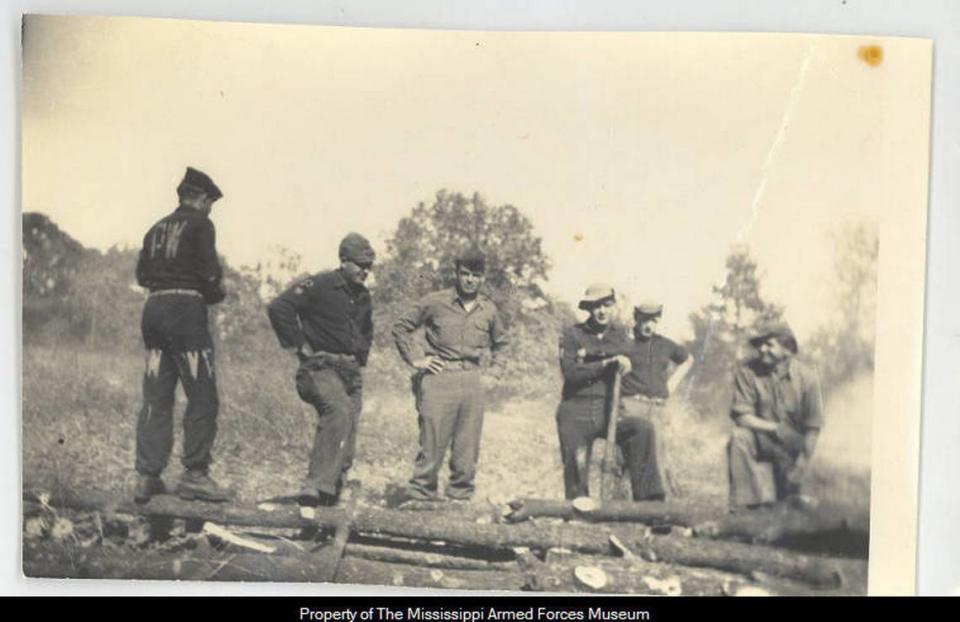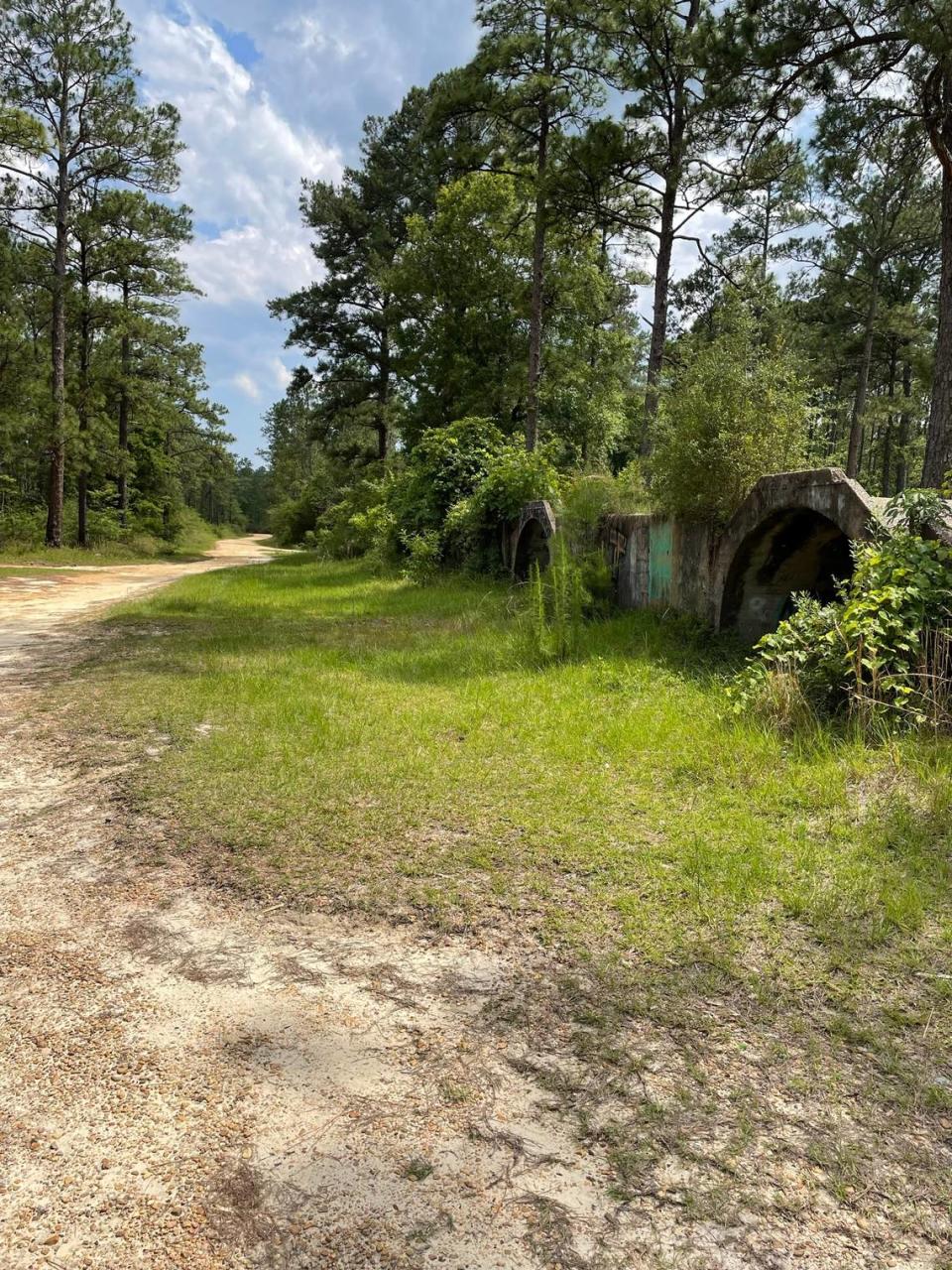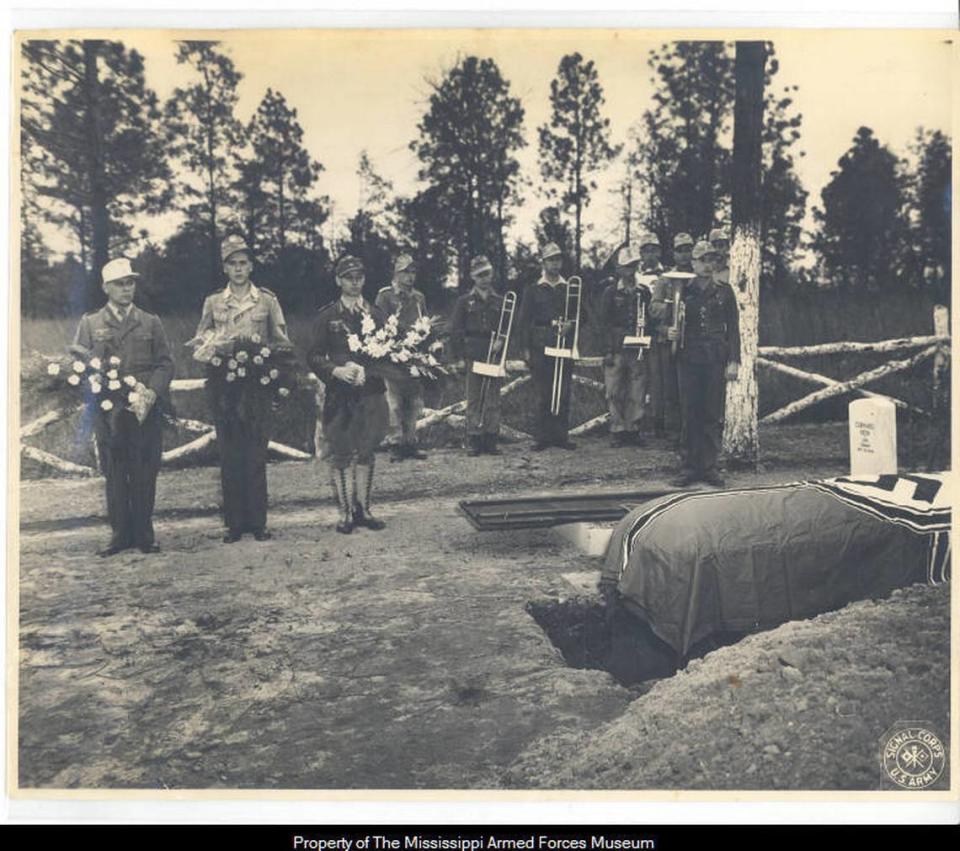Mississippi housed Axis prisoners of war during WWII. Were prison camps on the Coast?
At the height of the Second World War, more than 20,000 German and Italian prisoners of war were housed in Mississippi, with several camps located on or near the coast.
By 1943, the tides of war had turned against the Axis powers, especially in North Africa, where more than 400,000 German and Italian soldiers were forced to surrender to the Allies. While the British Empire had already taken several hundred thousand prisoners, there was little room or supplies left to accommodate more in England.
To ease the logistical burden and deter escape attempts, the U.S. decided to transport these Axis POWs from Africa to the continental U.S. and began doing so in late 1943.
While the prisoners expected the worst after crossing the Atlantic, they found themselves on state-of-the-art passenger trains, receiving good customer service during their journey to Mississippi. After the first prisoners disembarked at Camp Clinton in Mississippi, they encountered an entirely different world from what they were used to.

Life in the camps
Higher-ranking Germans and Italians, including Gen. Hans-Jürgen Von Arnim, who surrendered the infamous Afrika Korps, were assigned single-family houses, vehicles and even personal chauffeurs during their stay in Mississippi.
Lower-ranking officers were provided with apartments, while enlisted soldiers were placed in large barracks, tents and other accommodations. Despite being surrounded by barbed wire, watchtowers and armed guards, most Axis prisoners found their living conditions to be better than they had ever imagined.
The camps offered libraries, medical facilities, dental care, workshops and various recreational activities. The U.S. Army supplied fresh food every day, including eggs, meatloaf, coffee, pork and even beer for the prisoners.
For soldiers originally from southern Italy or the rural regions of Germany, this treatment surpassed anything they had experienced throughout their lives. This was especially true for those who had endured the harsh North African desert for years.
Prisoners were allowed to form soccer leagues and occasionally visit town to enjoy ice cream or dine at restaurants. Gen. Von Arnim even frequented an air-conditioned movie theater in Jackson to escape the sweltering Mississippi summer heat.
Notably, this all took place during the Jim Crow era, which meant that many African Americans in Mississippi, including American soldiers, were not permitted to enter the establishments frequented by the Nazis and Fascists.

Camps on the coast
Most prisoners were concentrated in four main camps, including Camp Clinton in Clinton, Camp Como in Como, Camp McCain near Grenada and Camp Shelby in Hattiesburg. The War Department later authorized these prisoners to replace American laborers off fighting overseas, resulting in many prisoners working in smaller labor camps across the state.
Most of these small work camps were situated in the Delta, where the Germans and Italians assisted with the harvesting of cotton and other crops. However, there were three smaller camps on or near the Mississippi Coast, in Saucier, Picayune and Gulfport.

Prisoners along the coast were engaged in the lumber industry, felling trees and replanting them on local farms. Remarkably, the prisoners were even compensated for their efforts and came to appreciate the work they were doing.
The camp once located in Saucier influenced the name of the P.O.W. Lake Recreation Area in the De Soto National Forest. While the barracks and barbed wire that once kept the Axis troops imprisoned there have long since disappeared, remnants of a post-war Navy ammunition bunker can still be seen.
In early 1946, the last of the prisoners in Mississippi were repatriated to their home countries. Thanks to the exceptional treatment by the U.S. military and Mississippi locals, many Germans and Italians returned to visit their former camps years later. However, they were disappointed to see that the locations they were once incarcerated in had been demolished and the state had moved on from that brief chapter in its history.
Nevertheless, a small number of Axis prisoners later moved to Mississippi and became naturalized American citizens. While most of the camps are long gone and few people in Mississippi know of them, the prisoners were likely grateful for their treatment by the Americans.


